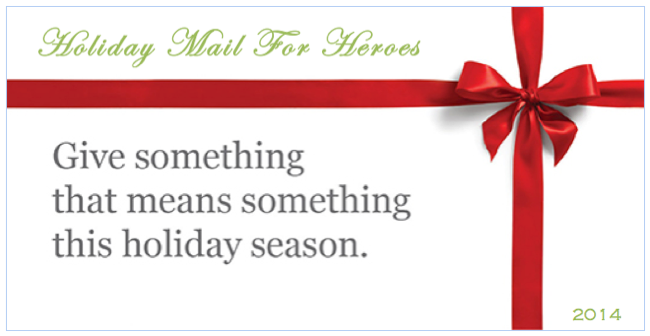With the holiday season upon us, it’s easy to hold a party where all guests — with and without disabilities — feel welcomed, respected and have fun. All it takes is some planning.
Don’t be afraid to include guests with disabilities
People with disabilities have their disabilities 24/7, so they know how to create work-arounds so that they feel comfortable. If you know someone has a disability, use a simple strategy — ask the person what they need to be fully included. All too often people with disabilities are not invited to events, or don’t go because they feel embarrassed to “put someone out” by asking for a simple thing that will help them attend. By telling them that their presence is valued, and asking what they need, you will build a new level of trust and affection. For example, one of the biggest things that aging loved ones need is a ride. So help them find a carpool or send an accessible taxi or ride to pick them up and return them home.
RSVP
Not all disabilities are visible, so you may not know that someone you want to include in your event has some special needs. By including a line about accommodations in the invitation’s RSVP, you are already letting guests know that everyone is welcome. If it’s a party for children, parents can tell you, right off the bat, what their child’s needs might be to attend the party. They will be happy you asked! “We want everyone to have fun — please let us know if you have dietary restrictions or require other special accommodations to attend! We will do our best to meet everyones needs.” Note that you aren’t promising to meet all needs — if you can’t find a sign language interpreter at the last minute or there is another issue, for example, you will be able to let your guest know in advance. Indeed, they may be able to help you find a solution!
Physical Access
Most public places are accessible. However, because religious institutions are exempted from the Americans with Disabilities Act (ADA), many of them are not fully accessible. Thus, if your event is at a venue that is not physically accessible to all, move it to a place that is. That can mean a different room in a place of worship, or to a completely different place. Venues should have a ground level entrance or ramp, an elevator if it’s upstairs, and accessible bathrooms. Most public places (hotels, restaurants, bowling, video games, pools, bounce houses, etc.) are usually equipped for people with disabilities. Just check with the venue ahead of time. If you have someone coming who uses a wheelchair, you should also put the menorah on a table that is low enough for them to also be able to light candles.
Special Diets
Anyone can have allergies, celiac disease or lactose intolerance, but you won’t know unless you ask on the invitation RSVP. Making sure there is an option for cake, snacks, treats and other food for these guests can be as simple as picking up a gluten free cupcake to serve with the cake. It is thoughtful to have refreshments that everyone can enjoy.
Addressing attitude
Kids and adults can be daunted when encountering someone who is different from them. If it’s a children’s event you can talk to the group at the start of the party about kindness and respect for each other and each others differences. A party is a great opportunity for kids to learn about one another.
Involving parents
Parties can be exhausting for the hosts. Asking a parent or two to volunteer to help at the party, particularly if it’s a big group, can lighten the load for the hosts. Parents may feel more comfortable, especially if their child has social anxiety issues, if they are invited to stay or help as an option.
Sensory overload awareness
Parties can cause sensory overload for any child or adult. But for a person with autism or a sensory processing disorder, a party can be really overwhelming. Offer opportunities for guests to take a break, perhaps in a quiet room away from the crowd. Some venues may have options for turning down music or minimizing stimulation — and that is useful anywhere there are a lot of kids! Latex allergies (balloons) and chemical sensitivities (use of highly scented cleaners or staff wearing perfumes) are real issues. Solutions: Use alternative mylar balloons. Ask people to not wear strong scents, and choose unscented cleaning products.
Communication
If a guest attending the party is non-verbal or communicates in other ways such as American Sign Language or a communication board, talk about it with the guests. Installing free Dragon software onto an Ipad in advance can enable you to speak with someone who is deaf as it instantly transcribes what you are saying. Having an interpreter can be worth the cost, as all the people can communicate and maybe learn a little sign language! Remember to speak directly to a child or adult whether s/he is verbal or not.
Reading, Cognitive Access and Vision Issues
Children and adults with cognitive, learning disabilities or vision impairments might not be able to read the menu, instructions for a scavenger hunt or a game score sheet. Pictures and verbal instructions are useful, as well as pairing children with those who can help. It’s always great to have an extra pair of reading glasses around if you are inviting seniors. But you can always tell someone who can’t see or read what they will need or what to know.
Enjoy the party!
Don’t let inclusion stress you out. If you are reading this list and considering these tips, you’re already doing more than most! Stay positive, smile and throw that PARTY!

